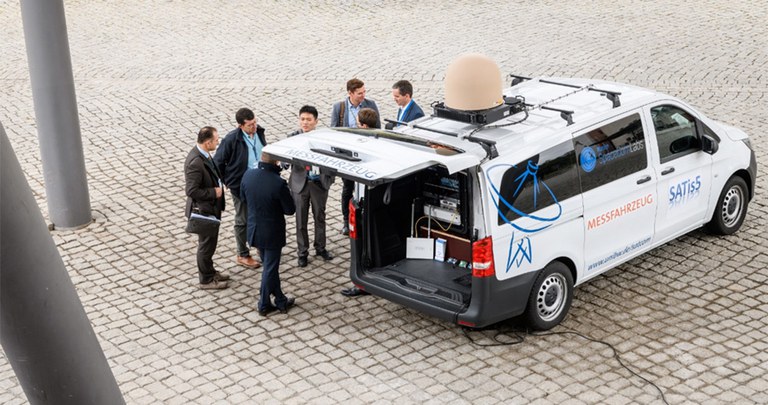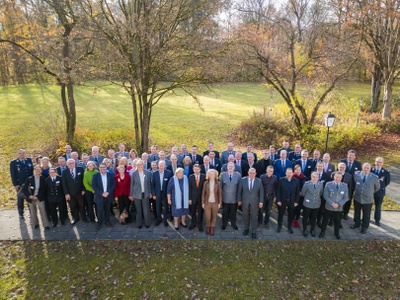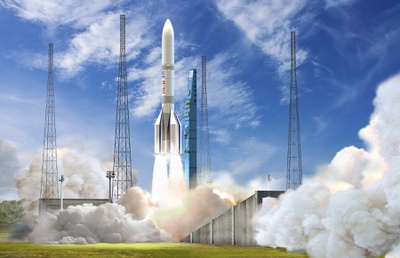
ESA SATis5 Project: Satellites for 5G Mobile Communication
27 February 2020
The SPACE research center demonstrated a 5G space application at the successful completion of the ESA-funded SATis5 project.
Space applications such as satellite communication are becoming an integral part of our communication infrastructure. Over the last two years, the ESA SATis5 project has impressively shown that satellite communication can be used for terrestrial mobile communication. It did this with several testbed demonstrations, for example at the 2019 Mobile World Congress and at the IEEE 5G World Forum. The Munich Center for Space Communications is an integral part of the new SPACE research center at the University. With an experimental satellite ground station, it has made a major contribution to the development of a Europe-wide testbed infrastructure for examining 5G applications via satellite.
One of the main advantages of satellites over terrestrial solutions is that it is not necessary to run cables to cell towers. Fiber-optic cables and copper conductors are expensive and make sense only in densely populated areas. This is a disadvantage for remote areas.
The 3rd Generation Partnership Project (3GPP), which is a standards organization that develops protocols for mobile communications (3G, 4G and 5G), has also recognized the advantage of satellites. Professor Andreas Knopp, the spokesperson of the SPACE research center at UniBw M, is convinced that the tests in the SATis5 project have given important impetus to the standardization process: “In recent years, projects such as SATis5 have decisively contributed to the adoption of 5G satellite communication technologies in a specific 3GPP work item. ESA in particular, together with national delegations, has made important funding available. This is now paying off.”
The space sector is also being promoted by private providers that are advancing the commercial use of space and are making possible low-cost satellite launches in lower earth orbits. The advantage of lower orbits is that latency is considerably lower in comparison with geostationary orbits of 36,000 km. As part of the ESA SATis5 project, 5G applications for satellites both in geostationary and lower orbits of approximately 8,000 km were examined using a testbed for the first time.
Lead image: Mobile 5G base station with satellite antenna (© Universität der Bundeswehr München)






